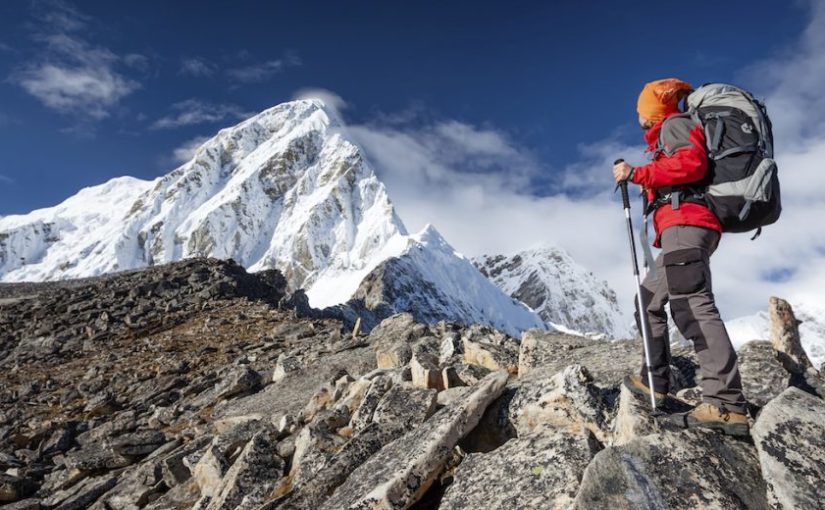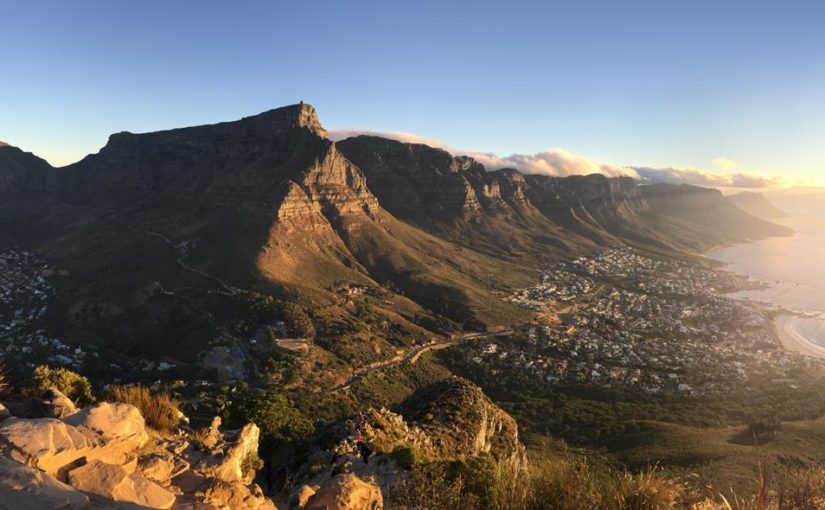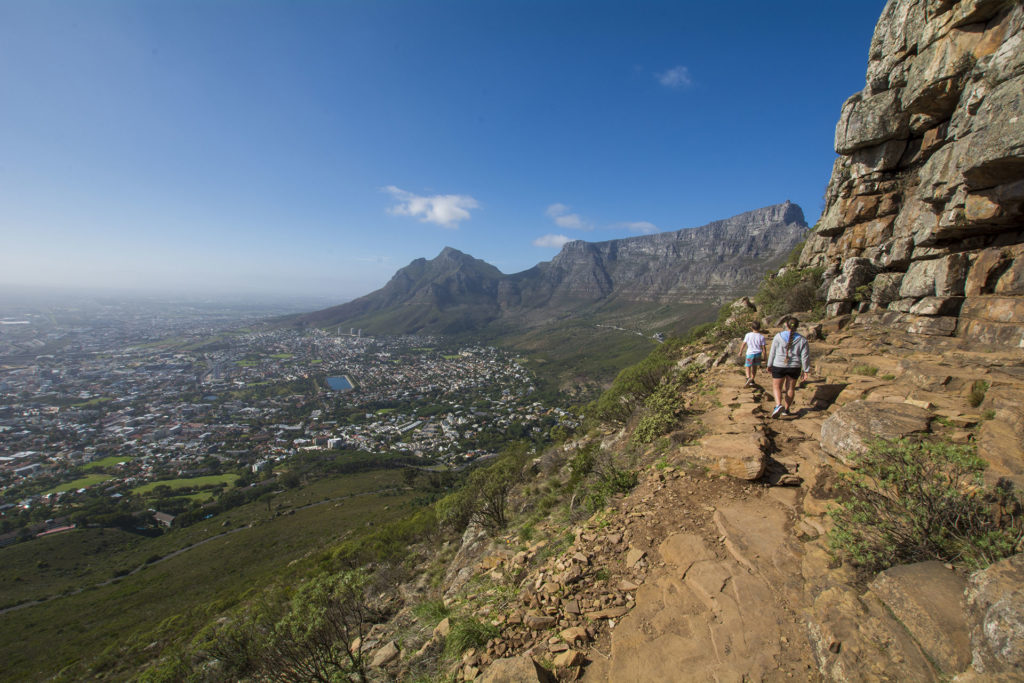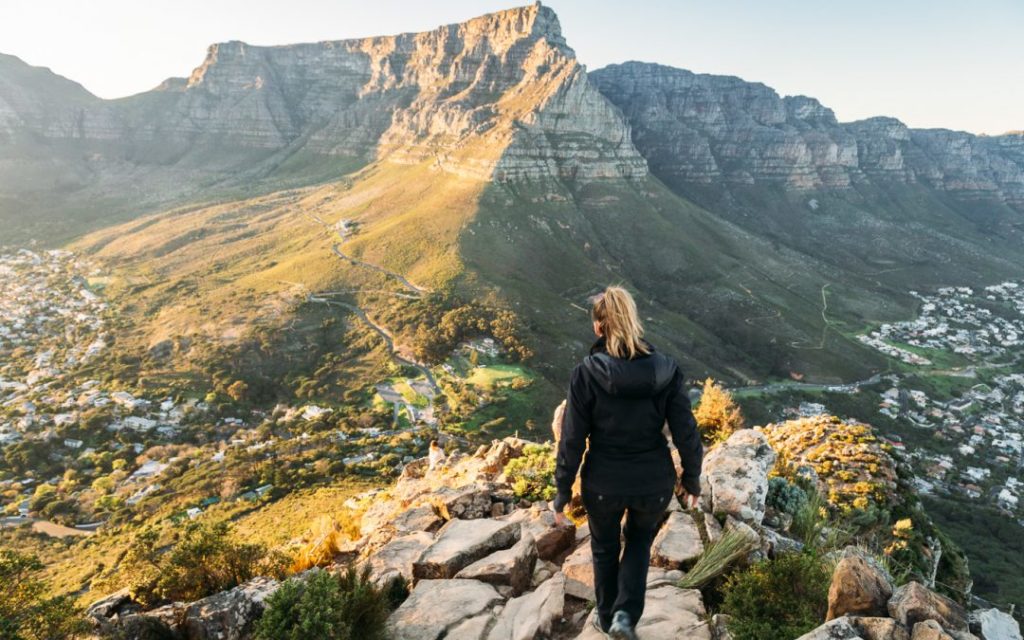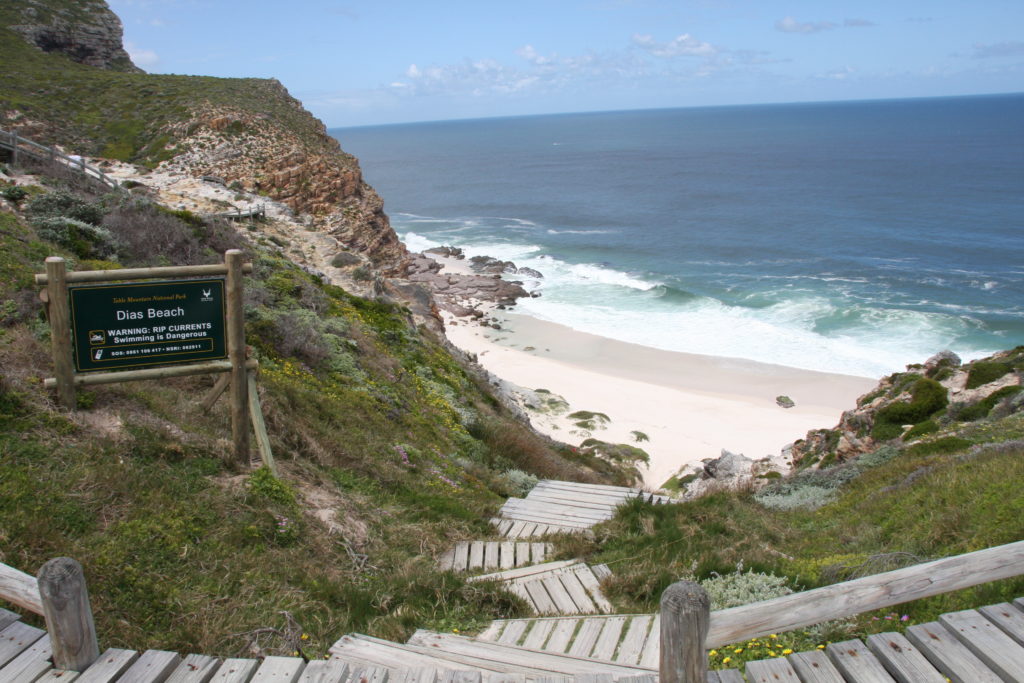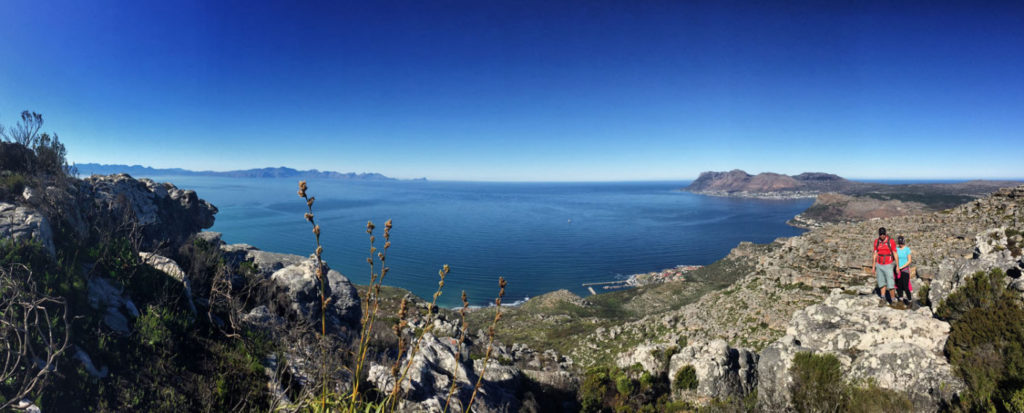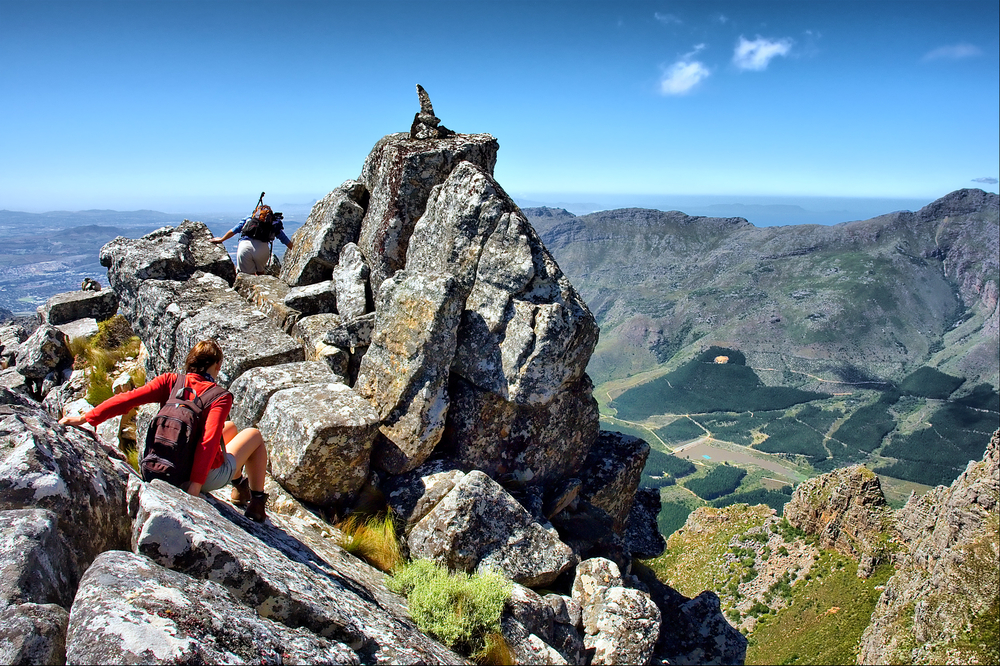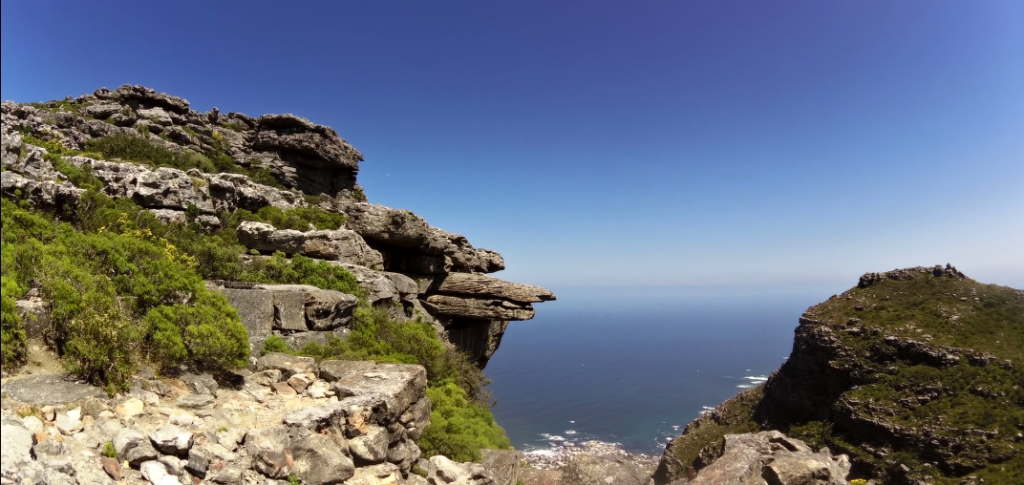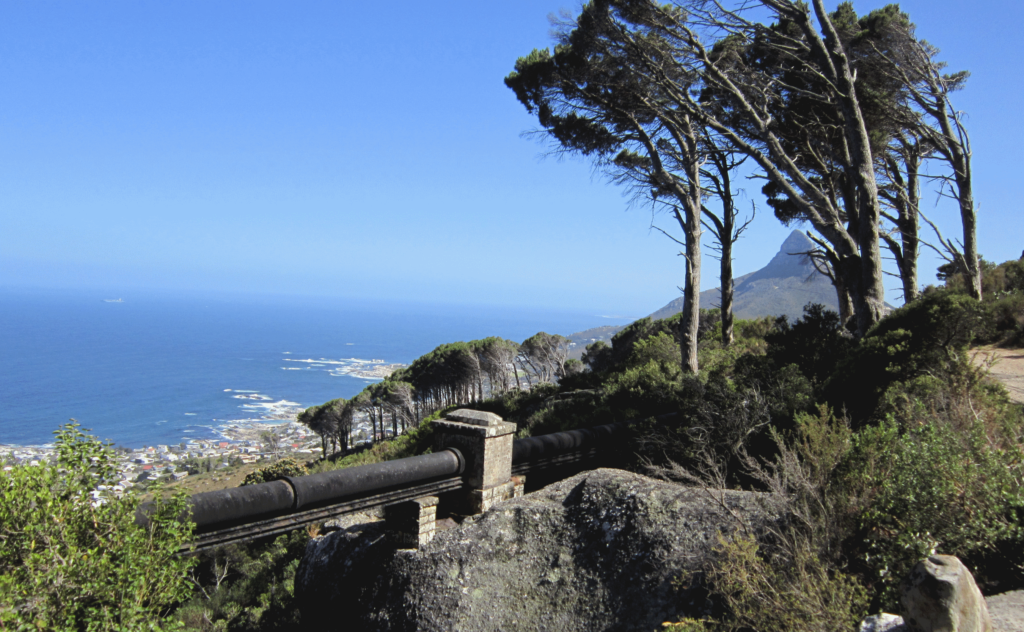Hiking is a lot of fun, but it can be stressful if you do it unprepared, especially if you’re going out for a multi-day trip in unpredictable weather. Taking the right kit will help you to stay warm and comfortable, ensure you don’t get lost, and generally make your expedition more fun. Here’s a quick look at eight essentials for your next hiking trip that you might not realize you even need!
1 – Paracord

This versatile cord is invaluable. It’s strong, durable, and water-resistant. It can be worn as a bracelet or attached to a keyring and used as-is for securing things, or be cut to turn into sewing threads, clotheslines, tent ties, fishing line and more. A ‘rope’ of paracord will unravel to a huge line, and the uses for them are endless.
2 – Duct Tape
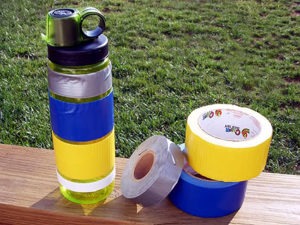
This waterproof tape tears easily, sticks well, and can be used for tears in your tent, holes in your food bags, as a makeshift band-aid, or to secure things together. If you don’t want to take a whole roll of it, just wrap lots of it around your walking pole. Good brands will retain their ‘stickiness’ when you do this.
3 – Walking Poles
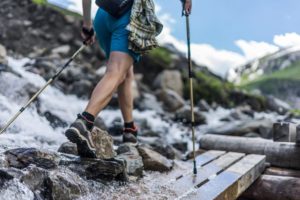
Which leads us on to the walking pole itself. Sometimes called trekking poles, these handy, lightweight poles help you to keep your balance on uneven ground, take some stress off your knees, and also help you to judge the depth of mud and streams. Once you get used to having one, you’ll find they’re invaluable.
4 – Sporks

Sporks are the butt of media jokes but they’re super handy. A humble spork does the job of both a spoon and aa fork, saving you packing space and making meal times that little bit less stressful.
5 – Hammocks
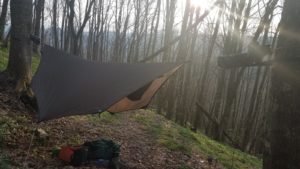
Why waste time carrying a roll-out mattress and folding bed when you can sleep in a hammock? The best thing about hammocks is that they let you rest ‘above ground’, and they can do double duty as a rain or sun cover when you stop to rest during the day. They’re light, versatile and really handy.
6 – Waterproof Down Jackets
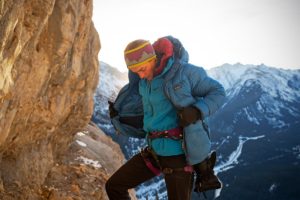
A good waterproof down jacket will do double duty as a pillow to rest on, and is also windproof and waterproof, making it great for variable climates. One of the biggest challenges for hikers is staying warm when it’s cold, but avoiding overheating at noon. Things get even more challenging if it rains and a heavy jacket gets soaked through. Choose a jacket that has a waterproof outer and that isn’t too heavy, and you’ll have the best of both worlds in terms of comfort and temperature control.
7 – Hydration Bladders
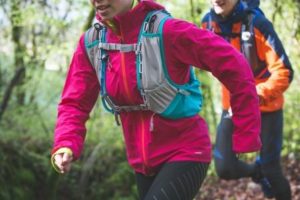
If you’re still carrying bottled water around, try a hydration bladder instead. These bladders allow for hands-free hydration while on the trail. You can sip as you go, without fear of spilling anything. Attach the pack to your backpack for hassle-free transportation, and carry 1-3 litres of water (depending on the size of pack you choose) on your person at all times.
8 – A Pack Lamp
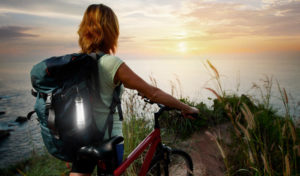
Headlamps are useful, but you don’t always want to be wearing them. Invest in an inflatable solar lantern and you’ll never be without a light on a night. Strap it to your backpack and let it recharge during the day, then put it out at night to illuminate the area around your camp while you cook, read and rest. It’s a lightweight, space-saving light source that will come in handy when you’re setting up camp and it’s getting dark.

